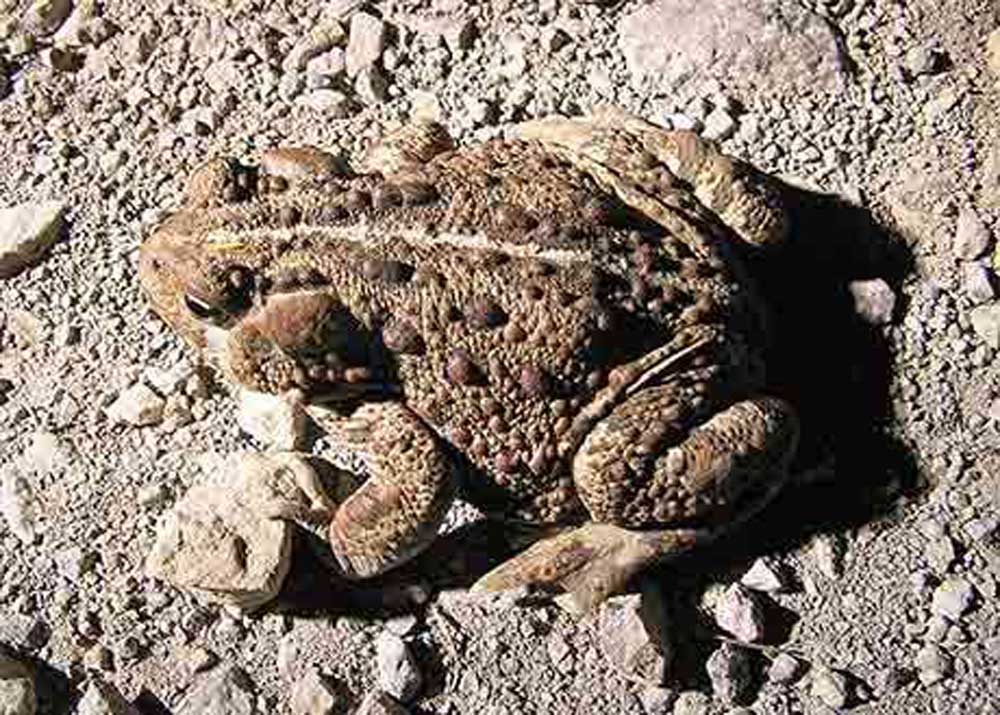Toads are about to emerge by the thousands for annual migration in Sunriver
Published 3:00 pm Wednesday, July 24, 2024

- Western toads are an Oregon Conservation Strategy Species due to declining populations, according to Oregon Department of Fish & Wildlife.
Western toads have begun to pop their heads above streams adjacent to the Sunriver Nature Center & Observatory in preparation for their great migration.
In late July and early August, thousands of toadlets emerge from Sunriver’s waterways migrating from Lake Aspen and other wetland areas to the forest, where they spend the majority of their adult lives, according to the nature center.
Trending
In years past, the ground has had the illusion of moving underfoot with the large congregations of migrating toads, some of which are young enough that their tadpole tails are still present.
The spectacle is just around the corner, said Wynter Petersen, an observatory interpreter at the center.
“We haven’t seen the huge migration yet. We’ve just seen a couple of them hopping around on the paths,” he said.
Petersen recalls that last year, the migration lasted two to three weeks. It’s hard to provide an exact number of the toads that will be on the move, but he said that the entirety of the nature center and observatory is usually covered in toads.
The nature center is preparing by putting fences in place, which will act as guardrails for the toads, guiding them underneath the road so they are not smushed by traffic. The center will also help with collecting and transporting toads across the road.
Trending
To help western monarch butterflies, try planting milkweed
How can I help the toads?
Populations of Western toads are declining due to habitat loss and impacts from shore recreation. Precautions can be taken to protect the toads, which are an Oregon Conservation Strategy Species, according to the Oregon Department of Fish & Wildlife.
Petersen cautions pedestrians to be careful about where they place their feet, drivers to keep their vehicle speeds slow and bikers to walk their bikes during this period.
Most importantly, people should refrain from touching the young toads, Petersen said.
“They may not be toxic to us, but we are toxic to them, so touching them, picking them up to move them around or anything like that can really hurt them and we don’t want to do that,” he said.
Western toads are typically camouflaged in earth tones and have bumpy skin. During the non-breeding season, they are nocturnal.








